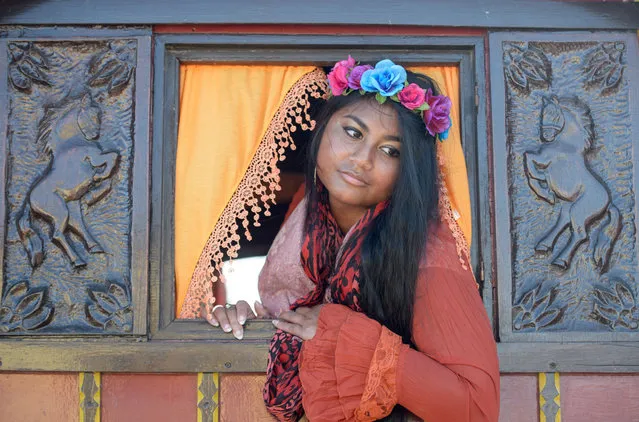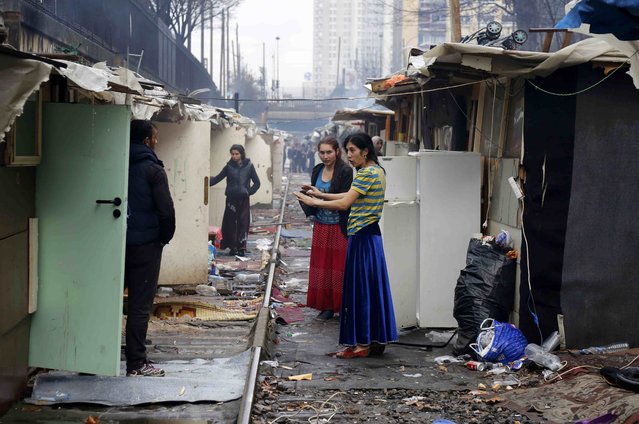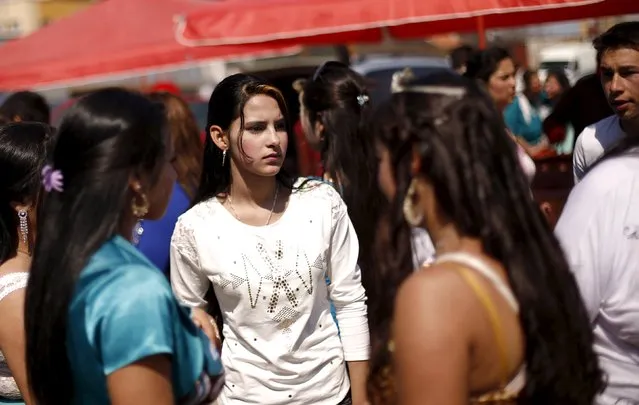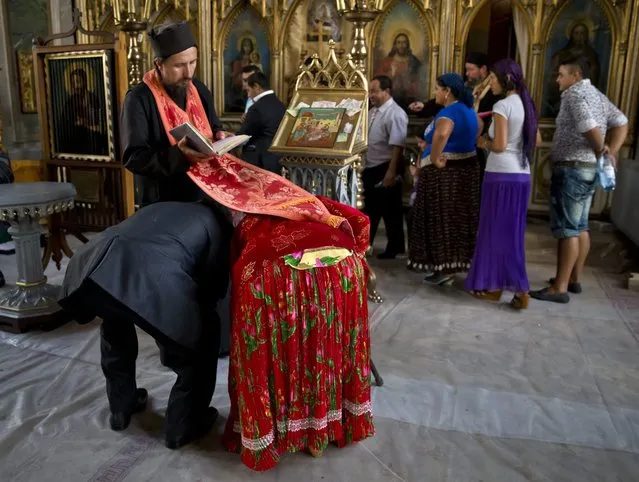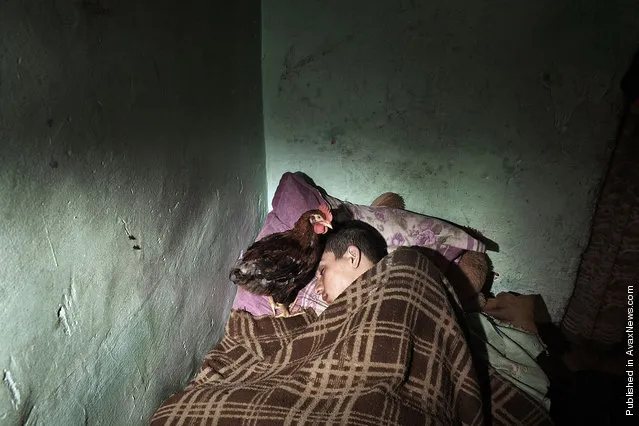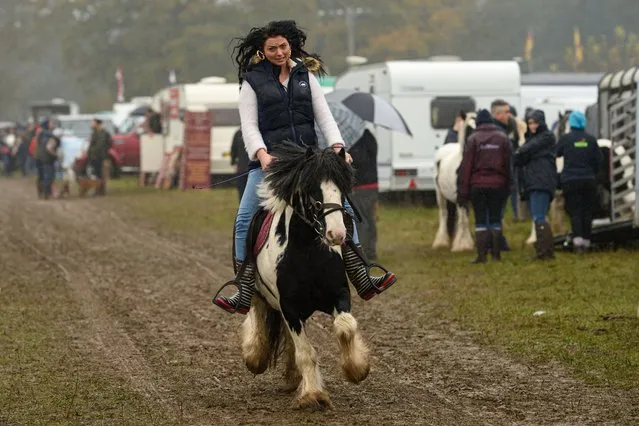
A woman rides a horse through the biannual Stow Horse Fair in the town of Stow-on-the-Wold, southern England on October 24, 2019. The Stow Horse Fair has attracted Gypsy and Traveller people from all over the country to the Cotswold town every May and October since 1476. (Photo by Oli Scarff/AFP Photo)
26 Oct 2019 00:03:00,post received
0 comments


